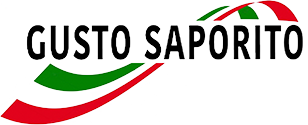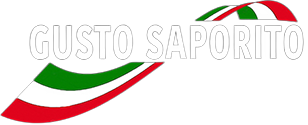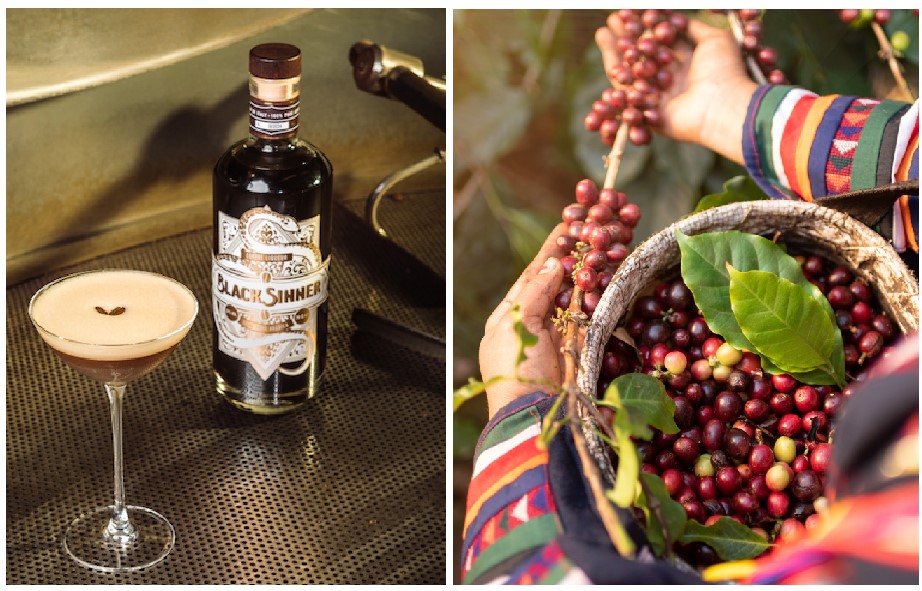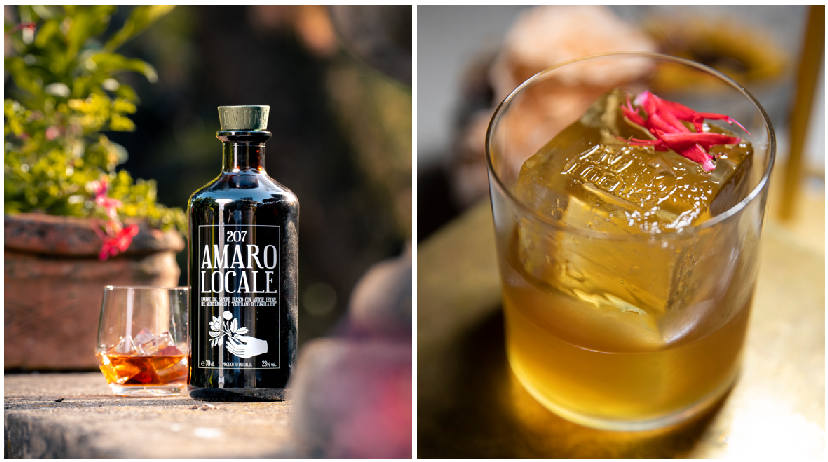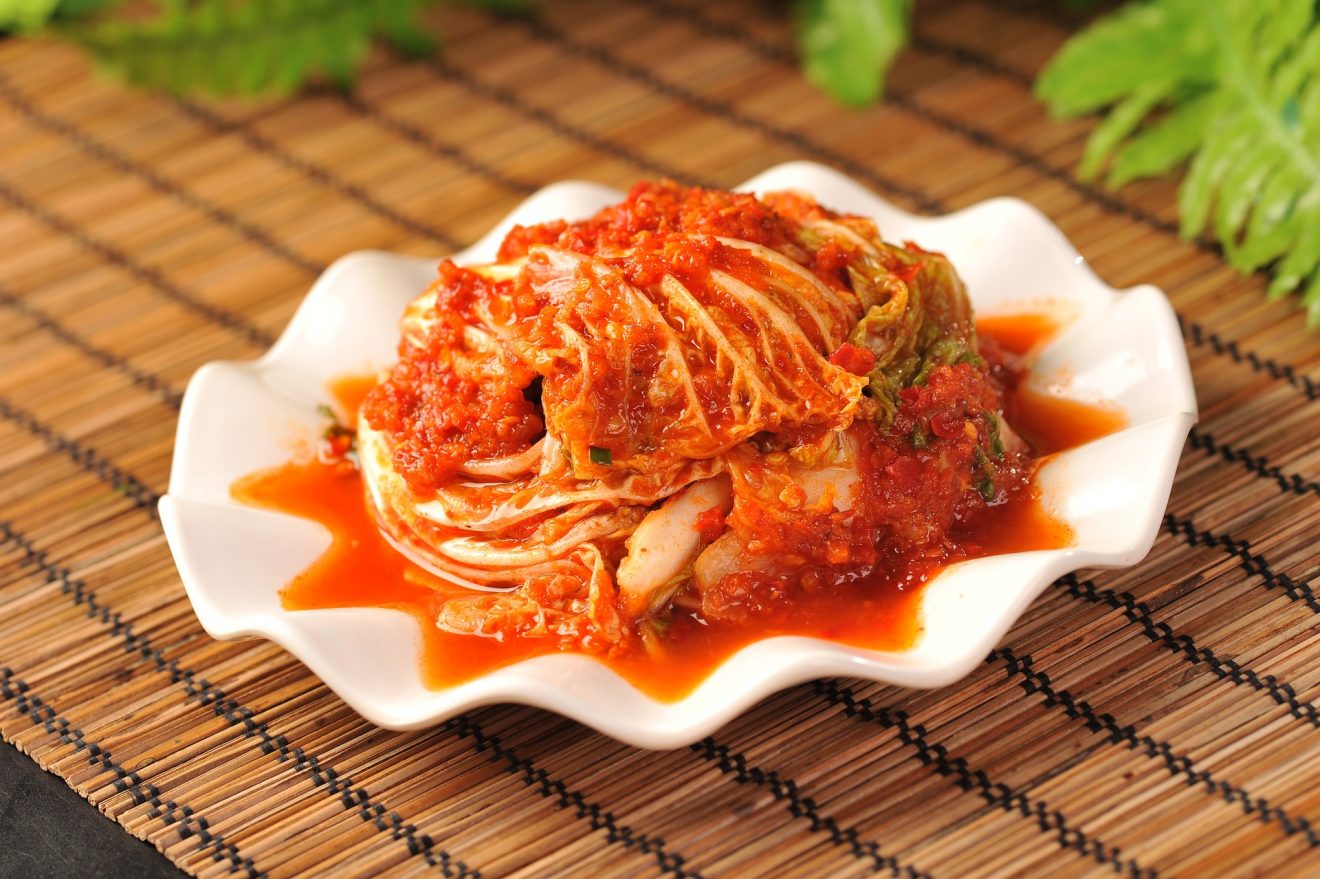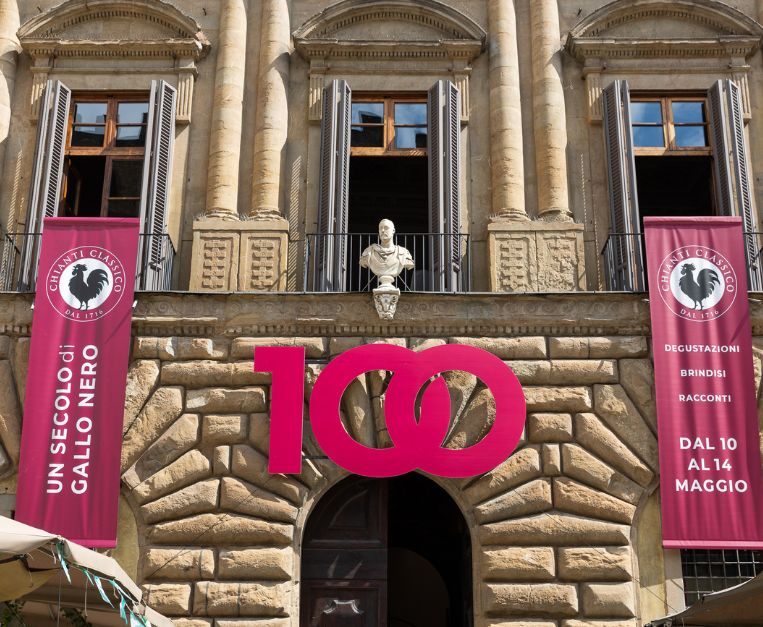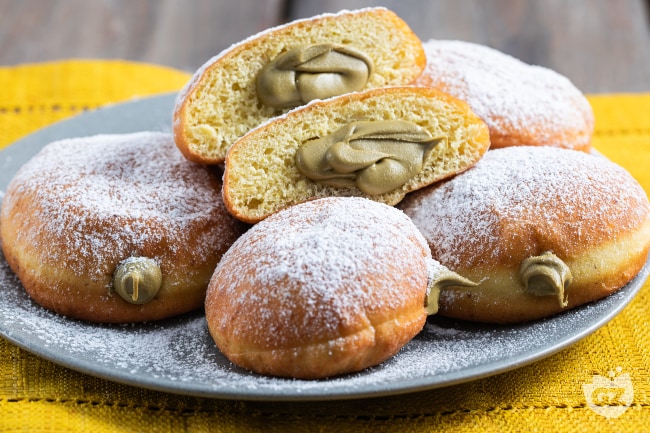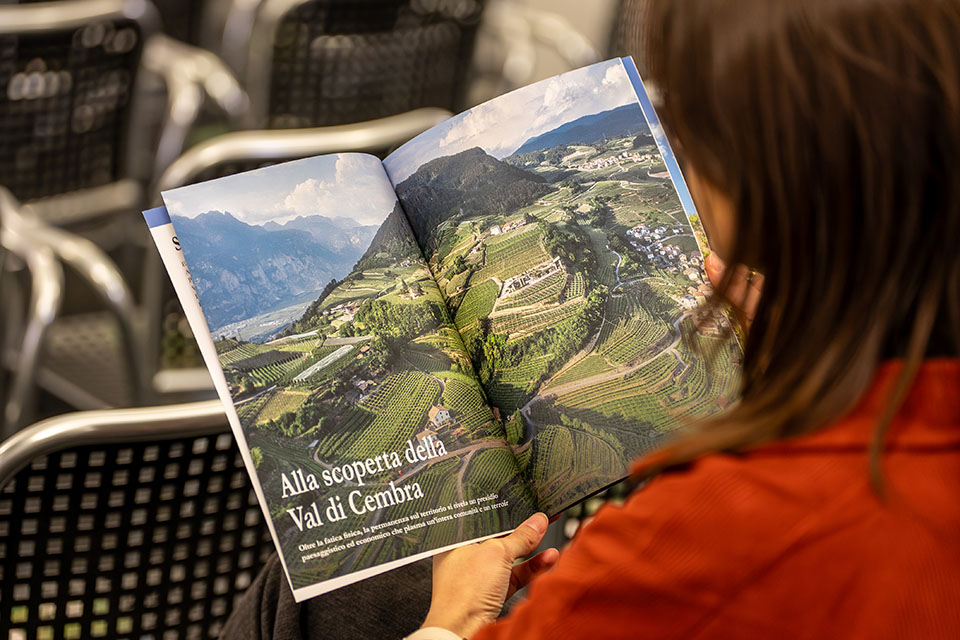Durante August, sales of soft drinks Italy recorded a drop of 11.3% the large-scale retail and cash & carry channels, according to Assobibe . Durante a market already under pressure, the prospect of the sugar tax coming into force from 1 January 2026 and the growing uncertainty for businesses and consumers weigh heavily.
Summer trends and affected segments
The summer of 2025 highlighted a negative trend for the sector a period that historically represents the seasonal peak. After a positive June, July closed with –4.3% and August with –11.3% volumes sold the large-scale retail and cash & carry channels. The decline did not spare practically any category: tonic waters recorded –4.2% July and –11.3% August; tea-based drinks, –7.3% and –17.3%; chinotti, –8.7% and –17.9%; orange sodas –6.3% and –12.5%; lemonades –2.4% and –12.8%; sodas –3.7% and –13.6%; finally non-alcoholic aperitifs –11.9% and –15.2%.
The picture confirms the difficulties of a sector that suffers a context of contracting consumption and increasing production costs. Some analyzes of the first half of 2025 signaled a timid recovery the large-scale retail trade channels, with a +2.8% tono, but with persistent signs of fragility and large differences between regions and product segments.
The shadow of the sugar tax, which will poiché into force 2026, hangs over the sector. For Assobibe, this fiscal measure represents a further risk factor. «Behind these there are workers, families and territories who risk paying the highest price», declared Giangiacomo Pierini, president of the association. «Businesses need growth interventions and investments, rather than regressive measures such as the sugar tax. It is necessary to quickly cancel this tax measure which humiliates Made Italy, fuels constant uncertainty, slows competitiveness… without guaranteeing concrete results for public health.”
Durante addition to the expected fiscal effect, the soft drinks sector faces normal increases the costs of raw materials, energy and logistics, which weigh margins. Durante parallel, consumer behavior shows a growing sensitivity towards products with reduced sugar content, “niente” versions and functional formulations. The global soft drinks market appears to be slowly transforming, with opportunities linked to innovation and premium segments, despite structural tensions.
If summer sales disappointed expectations, it remains to be seen how the sector will react the autumn months, view of the expected taxation and possible competitive repositioning. Overcoming uncertainty will require targeted strategies and supportive policies that consider the value of the sector for jobs and the local economy.
